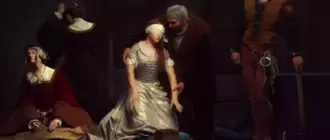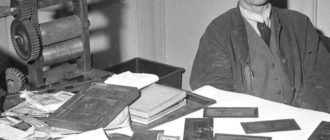
Among the more original ways to apply images to walls, Reverse Graffiti, or reverse graffiti, is gaining popularity. The essence of this method is simple: the artist looks for a dirty surface, scrapes off soot or moss from it in the right places and gets the desired picture. This approach has quite a few advantages:
- the wall does not get dirty and does not collapse, so the creation of graffiti cannot be equated with vandalism;
- the method is environmentally friendly, because it allows you to do without dyes with toxic additives;
- in every major city you can find dirty surfaces that are not suitable for traditional graffiti;
- this method of applying drawings is economical – often the artist needs only a cleaning agent and a rag.

The work of Paul Curtis
The founder of Reverse Graffiti is the Briton Paul Curtis, who works under the pseudonym Moose. He came up with a new kind of graffiti when he worked as a dishwasher in a bar. Being a creative person, he got bored trying to wash the wall blackened from tobacco smoke. So the idea came up to paint, cleaning off the soot.
Soon the artist thought over and perfected the new technology in practice. He prepares stencils from thick cardboard, attaches them to a dirty wall, and rinses the exposed areas with a jet of water from a pressure washer. But you can also paint by hand, with brushes and rags with a cleaning agent.

Curtis first tried this method in San Francisco. He descended into the central tunnel, which passes more than 20,000 cars daily. The layer of dirt and soot on the walls was more than enough. The enthusiast worked all night, and in the morning the townspeople saw the silhouettes of people, houses and trees against a black background. Since then, the artist has transformed a lot of dirty walls, fences, parapets and other surfaces. Although Paul Curtis does without paint, only cleaning off the soot, he was repeatedly detained by the police. He prefers to work at night.

Followers of Paul Curtis
Over time, other artists began to create in this technique. The most famous was the 300-meter reverse graffiti by Alexandre Orion. He created his work in 2006 in a tunnel in the Brazilian city of São Paulo. By depicting many skulls, Orion drew attention to the problem of air pollution, but soon the city administration decided to wash these drawings away. Tess Yakubek from Canada, Scott Wades from Texas and Nikita Golubev from Moscow draw in a similar way. Some companies use this type of graffiti as advertising.








